SUMMARY
This is AI generated summarization, which may have errors. For context, always refer to the full article.
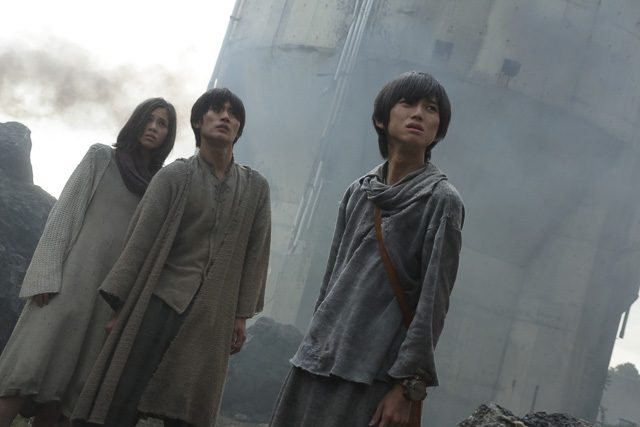
Shinji Higuchi’s Attack on Titan opens racing towards violence. Fast cuts and intermittent dialogue grant just enough details to form an impression that Eren (Haruma Miura), Armin (Kanata Hongo) and Mikasa (Kiko Mizuhara), teenagers longing to see what lies beyond the walls of a city, have a bond that extends beyond the meager introduction Higuchi provides his audience.
The walls of the city itself were built a century ago to counter mythical giants called Titans from destroying their place. In a matter of minutes, the feared myth turns into reality. An imposing Titan breaks a portion of the wall, allowing a horde of the malformed giants to storm into the city, destroying almost everything and devouring all humans along their way.
Two years later, the remaining humans, holed up in the innermost portion of the city, are planning to reclaim the section that was totaled by the Titans with a ragtag team of recruits, which include Eren and Armin who vow to avenge the gruesome deaths of their loved ones.
Grotesque melodrama
Clearly, Higuchi’s less enamored by the story than the grand spectacle of violence that the material offers. The film feels like it is in a constant rush for action, favoring characters being ripped apart or swallowed alive to fleshing them out.
Higuchi keeps the plot uncomplicated, which is both a good and a bad thing. Attack on Titan does away with details. It simplifies the protagonists’ struggle as one of survival, laced with the faintest hints of romance and other drama. In a way, the film gives just enough to make the scenes where the Titans are wreaking havoc on their victims matter on a slight emotional level.
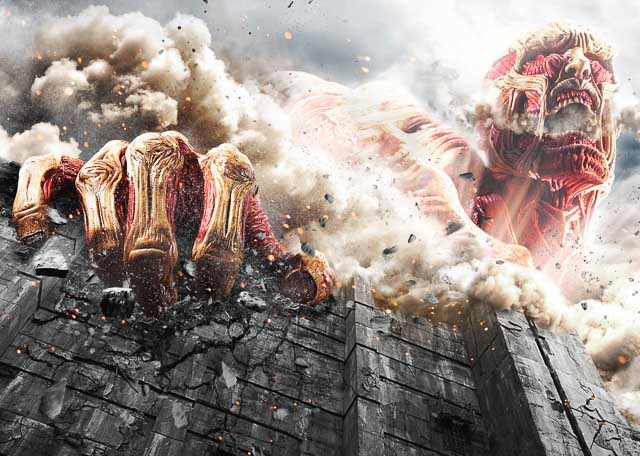
Unfortunately, the film never gets past the basic. Higuchi simply did not invest much in shaping the characters as anything more than stereotypes deserving of the most stereotypical of emotional responses. The film is all melodrama inside a shell of haunting grotesquerie and relentless violence.
The plot just frames the various episodes of destruction and gore. In fact, the film’s most enduring set piece remains to be the initial massacre, which starts innocently with three teenagers randomly airing their angst against the world and ends with a lot of blood indulgently spilled without a single trace of remorse. It establishes expectations.
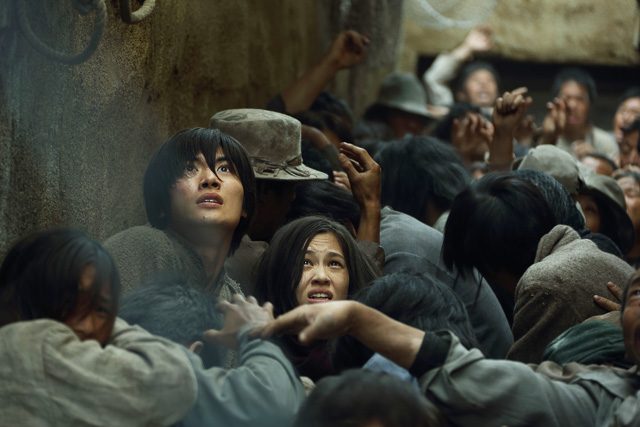
No heart for humanity
The film has no heart for humanity. Its aim is to use humanity to disturb and rattle the senses. It bluntly peddles as entertainment all sort of tragedy on the human form. Higuchi keeps things cartoonish, but leaves enough semblance of reality to manage the gruesome effect he desires.
For example, the Titans, who are designed as outrageously oversized creatures with a disturbing resemblance with their choice of food, are rendered with actors and actresses who are scaled to size and made to look shockingly stoic despite their murderous actions. It would have been easier to simply turn the Titans into computer-generated creatures, but Higuchi kept them bizarrely familiar, making all the violence they commit against humanity all the more perturbing.
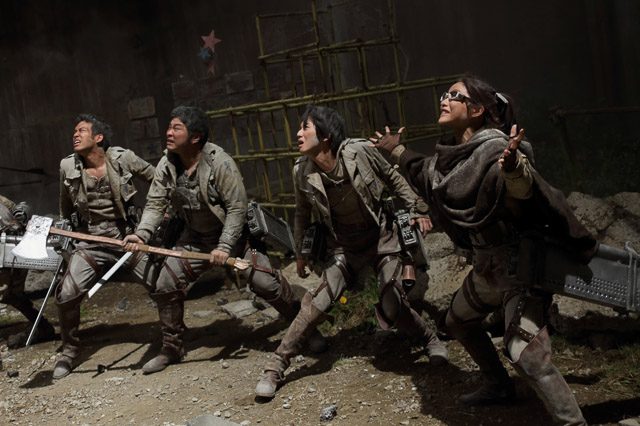
Attack on Titan can be accused of having crude special effects, especially since the world has been used to the sleek and glossy spectacles of Hollywood. However, the film’s arguably meager effects is apt to what it wants to achieve. There is a strange allure to how the film manages its resources, in how its choice of suspending the disbelief of its viewers results in a more rewarding experience in terms of palpable intimidation.
There is simply no doubt about it. Seeing how grossly misshapen humans joyously chew and swallow other human beings recalls the horror of cannibalism, and the film does not shy away from those implications. The film’s visuals have the same effect as Rene Laloux’s Fantastic Planet (1973), where larger blue-skinned humanoids treat smaller humans as mindless pets, creating a certain feeling of discomfort because of its morbid resemblance to real world atrocities.
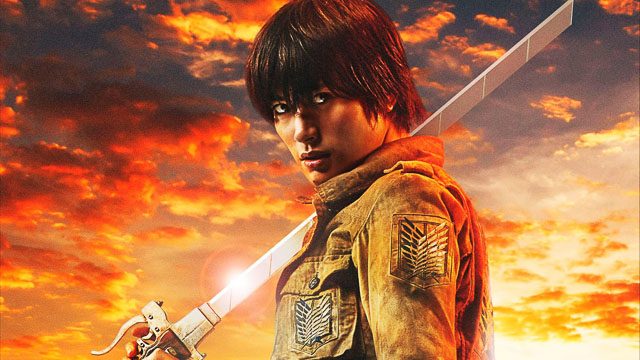
Attack on Titan is less elegant in its procedure and its plot doesn’t make a lot of sense, mainly because Higuchi acknowledges that the source material’s visual poetry is more prominent than its derivative narrative. However, there is enough in the film to see how else it can evolve from what it is now, which is essentially just a bloody teaser of what is hoped to be a more coherent patchwork of unabashed madness when everything’s been said and done. – Rappler.com

Francis Joseph Cruz litigates for a living and writes about cinema for fun. The first Filipino movie he saw in the theaters was Carlo J. Caparas’ ‘Tirad Pass.’ Since then, he’s been on a mission to find better memories with Philippine cinema. Profile photo by Fatcat Studios
Add a comment
How does this make you feel?
There are no comments yet. Add your comment to start the conversation.